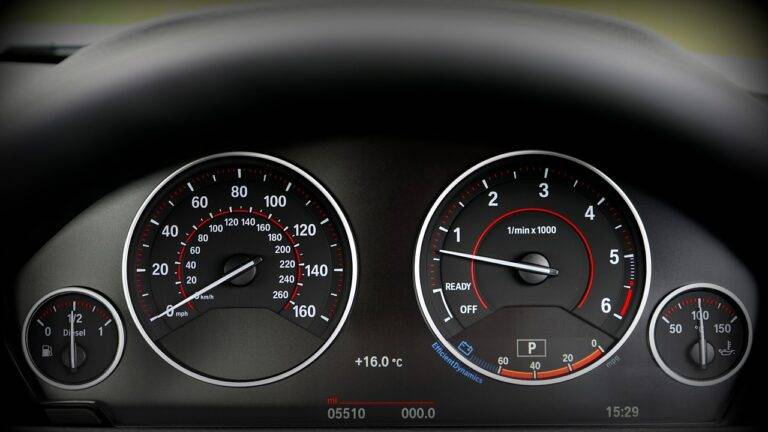The Role of Tech in Disaster Risk Communication
Effective communication of disaster risks is crucial in ensuring the safety and preparedness of communities worldwide. Technology plays a pivotal role in disseminating timely and accurate information to individuals and organizations facing potential threats. Through various digital platforms, such as social media, mobile apps, and emergency alert systems, vital warnings and instructions can reach a broad audience within seconds.
By harnessing the power of technology, emergency management agencies can target specific regions at risk and tailor their messaging accordingly. This personalized approach not only increases the likelihood of individuals taking necessary precautions but also fosters a sense of community resilience. Moreover, interactive tools like virtual reality simulations and online training courses enable people to better understand the potential hazards they face, empowering them to make informed decisions in times of crisis.
How Tech Can Enhance Early Warning Systems
Advanced technology plays a crucial role in enhancing early warning systems for disasters. Through the use of various technological tools such as sensors, satellites, and real-time data analysis, timely information can be gathered and disseminated to alert communities about potential risks. This proactive approach enables authorities to take necessary steps to mitigate the impact of disasters and save lives.
Moreover, the integration of artificial intelligence and machine learning algorithms can significantly improve the accuracy and efficiency of early warning systems. These technologies have the capability to process vast amounts of data rapidly and identify patterns that may indicate an impending disaster. By harnessing the power of technology, early warning systems can be made more responsive and effective in providing timely alerts to at-risk populations, thereby increasing preparedness and reducing vulnerability to disasters.
What role does technology play in early warning systems?
Technology plays a crucial role in enhancing early warning systems by providing real-time data, enabling instant communication, and improving the accuracy of predicting natural disasters.
How can technology help in communicating disaster risks?
Technology can help in communicating disaster risks by sending out alerts through mobile apps, social media platforms, sirens, and other digital channels to reach a larger audience quickly.
What are some examples of technological tools used in early warning systems?
Some examples of technological tools used in early warning systems include weather monitoring systems, seismic sensors, GPS tracking devices, satellite imagery, and automated alert systems.
How can technology improve the accuracy of predicting natural disasters?
Technology can improve the accuracy of predicting natural disasters by analyzing data from various sources, using advanced algorithms for forecasting, and providing timely updates on changing conditions.
Are there any limitations to relying on technology for early warning systems?
While technology has greatly improved early warning systems, there are limitations such as power outages, connectivity issues, and dependency on infrastructure that can impact the effectiveness of communication during disasters.





